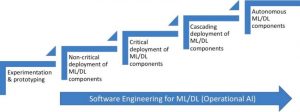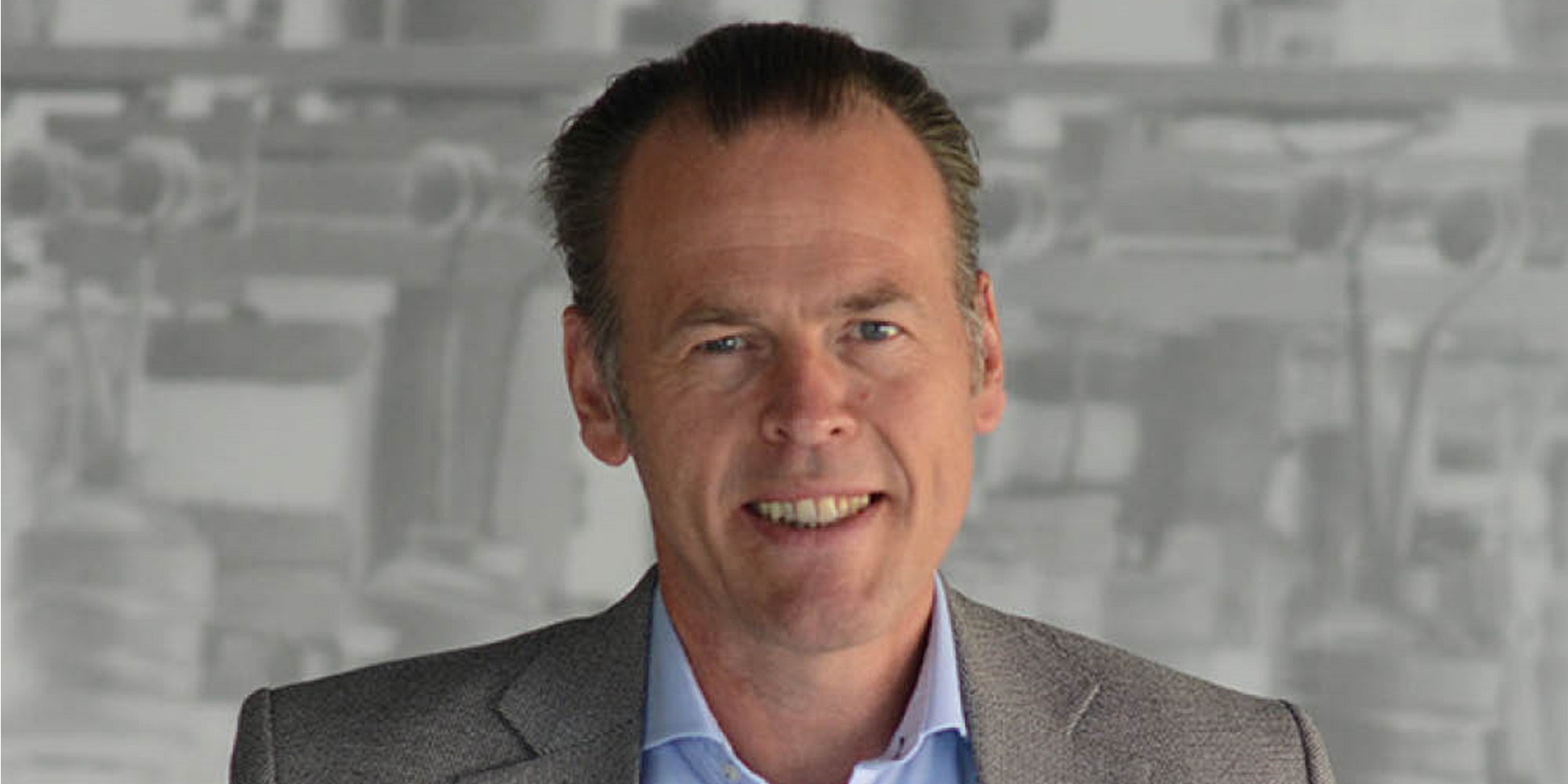Digitalization is fundamentally enabled by three core technologies: software, data and artificial intelligence. The common denominator, which is inherent in a digitalized business, is that automation is at the heart of it. Digital technologies allow for automation to a much more significant extent than traditional technologies. We see this reflected in companies: whereas in traditional companies, humans are supported with automation, in digital businesses, automation of the core business processes has removed humans from the equation (almost) entirely.
One of the key reasons for the high degree of automation is that digital businesses typically employ continuous, rather than transactional, business models. This means that there’s a continuous relationship with the business of the customers, continuous delivery of new value-adding software, data-driven insights and AI models and continuous monitoring and logging. Activities that we might accept doing manually once or twice per year rapidly become subjects for full automation if they need to be conducted monthly, weekly, daily or even more frequently.
In a digital business, all core business processes are to the highest extent automated and controlled in an automated fashion using quantitative performance data. In fact, we can conceptualize a digital business as consisting of three circles of activities. The core circle consists of the company’s core value delivery business processes. For instance, for an e-commerce website, this includes the presentation of items, recommendations, managing orders and taking payments. These activities have no human involvement and are completely automated. In the case that core value delivery processes can’t be automated fully, such as warehouse tasks, the humans tend to be instrumented with data collection and subject to the same quantitative performance management as the automated parts. The first circle is concerned with operations and activities that support operations.
The second circle of activity involves human actors who use quantitative data for analytics and experimentation. The main focus here is to measure the core business processes and to tune and optimize them. For instance, analytics may show that items that are recommended to customers by the recommendation engine are selected and bought in 0.15 percent of the cases. As the industry average is higher than that, one of the activities in this circle might then be to experiment with different recommendation algorithms using A/B testing to evaluate whether the engine’s success rate can be improved to match the average. The second circle is concerned with tactics that improve the performance of the operational core. It’s important to note that activities in this circle don’t have to be performed by humans. It’s entirely feasible to have a system run autonomous improvement activities that focus on optimizing the core business processes.
Finally, the third circle is concerned with those business activities that are strategic in nature. As strategic activities tend to be about interpreting trends and predicting the future, it can be challenging to quantify them. Typical for activities in this circle is that the focus is on the purpose of the business, the role it plays in its ecosystem and the way it seeks to differentiate and complement itself towards others.
The three circles of activities are different from each other not just in terms of automation and use of data, but also in the cycle time and operating speed. The operations circle runs, by its very nature, in seconds, minutes and hours. The tactical circle operates in days and weeks, whereas the strategic circle tends to operate in months and years.
Of course, one can find huge amounts of automation in traditional companies as well. The main difference with digital businesses is the underlying mindset and approach. A bit exaggerated, in traditional companies, tasks are performed by humans unless it’s too expensive to do so. In digital companies, tasks are automated and performed by systems unless it’s unfeasible or prohibitively expensive to do so.
It’s easy to forget how far automation and digitalization can take a company. In many SaaS companies, the vast amount of business value creation (as in 99+ percent) is conducted fully automatically by systems rather than humans. The funny thing is, however, that in my experience, even in SaaS companies, the majority of management attention is directed towards humans and human processes, even if these represent a very small slice of the business.
Concluding, I find it helpful to think about companies in three distinct circles of activity, ie delivery and operations, optimization and experimentation and, finally, strategy and innovation, that have completely different characteristics, cycle times and success metrics. In my experience, many tend to mix up the activities in the different circles, which leads to confusion and sub-par performance. As a leader, take a step back and reflect on your organization, map the processes and activities to the three circles and identify where there are mismatches that you can address. Going digital is challenging, but the alternative is to remain a traditional company and risk being disrupted.











